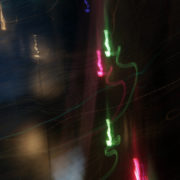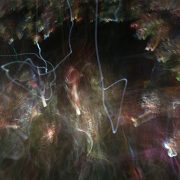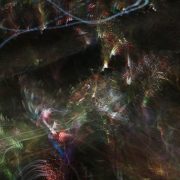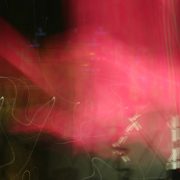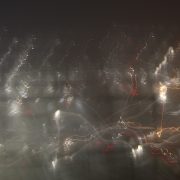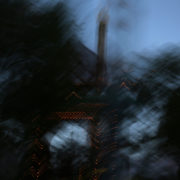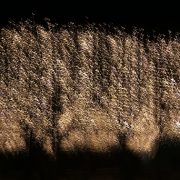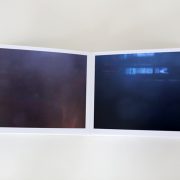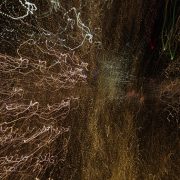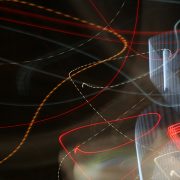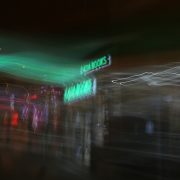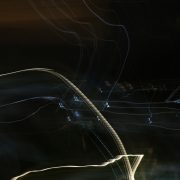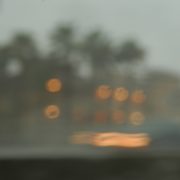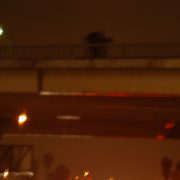Let Lost Be Your Guide
Shibuya Shibuyaserie 2019
Berlin, Berlin, skærm 2019
Liquid Modernity. Copenhagen, 2016
Searching for a Track. Venice, 2015
Berlin. Berlin, 2015
State of Secrecy. New York, 2015
Before and After. Copenhagen, 2015
Red Light, Green Light, Girl go. Copenhagen, 2015
We are Dreamers. Copenhagen, 2015
Please please talk to me, as if I could still hear you. Copenhagen, 2015
Fairy Tales. Copenhagen, 2014
Strange Places. Copenhagen 2009
London calling. December 2015
Travelling Light. Copenhagen, 2014
Go, Go Girl. Don’t Ever Look Back. Copenhagen, 2014
City Light. New York, 2003. Bog 2013 og 2014. Udvalg af billeder og foto af bog
Rouge, Rouge, the smell of Perfume. Copenhagen, 2013
Resonance. Copenhagen, 2013
Passenger. Thailand, 2012
Ten Thousand Miles from Home. Turkey, 2012 – Copenhagen 2014
“We follow different tracks in more than one sense”. Istanbul, 2011
The Distance Between. Los Angeles, 2005-2006
PHOTOGRAPIC ROAD MOVIE
Real breakthroughs in the arts are a rare occurrence, but Lisa Rosenmeier’s latest photographs are a departure from many of photography’s familiar discourses. Reality merges into one, all things become movement and rhythm. We are on a journey, as in a road movie.
Traditionally a photograph is taken from a fixed point and from where we can view the world through the photographer’s lens. The photographer’s choice of viewpoint determines what we see and how we experience it. In the earliest photographs, when exposure times were really long and movement had to be avoided, the persons portrayed had a particular look because they had to maintain their facial expression for a long time. Which Roland Barthes wrote about in ”Camera Lucida”. At the same time the photograph’s perspective is the view we take over when we are looking at a photograph.
Since then digital cameras have been a fantastic technological advance as they remember more than we see. But it is probably not solely the technological development that decides what we see. All media continually interact with each other, as Bolter and Grusin have shown, and therefore Lisa Rosenmeier’s new photographs interact at one and the same time with the history of photography, with cinema and with digital photography.
Especially the cinema has influenced our way of seeing and experiencing in space and time. So it is not merely a matter of chance that Lisa Rosenmeier’s two photo series ”The Distance Between” from 2006 and “The Passenger” from 2012 draw on filmic perception. After photography had taken on many of the painting’s tasks, the cinema took on many of photography’s because it is able to tell stories in space and time. A special genre is the road movie, which is always about a journey at an external level and also about an internal journey. The car, the roads and all the mobility available were the premises for the set-up, and soon film directors like Alfred Hitchcock, Dennis Hopper, Wim Wenders, Davis Lynch and Jim Jarmusch saw the possibilities in connecting the external and the internal.
The special thing about the photographer no longer being someone who sees something from a particular place is a recognition that we ourselves as subjects can no longer stand in a particular place and view the world from outside. We move and are pushed onwards. That must mean something for the way in which we see the world.
We travel, we move and the world flows and we with it. The Italian philosopher Giorgio Agamben writes that the element of film is gesture, not picture. A viewpoint he has developed from Gilles Deleuze, who has shown that film erases the false distinction between the picture as a psychological reality and movement as a physical reality called ”Images-mouvement” (movement-pictures). The characteristic thing about gesture, writes Agamben, is that in it nothing is either produced or executed; one takes it to oneself and carries it.
The movement from the moved photographer also moves us. We are whirled along in stream of light memories, voluntary or involuntary. We are drawn into a track of memories in which there are only traces of light, vague structures of buildings, town, roads and the town’s luminous dark side.
Lisa Rosenmeier has new pictures of the mind’s journey in a new deeply thought through way that it will be exciting to follow n coming years.
Peter S. Meyer, M.A.
Art historian
University of Copenhagen




